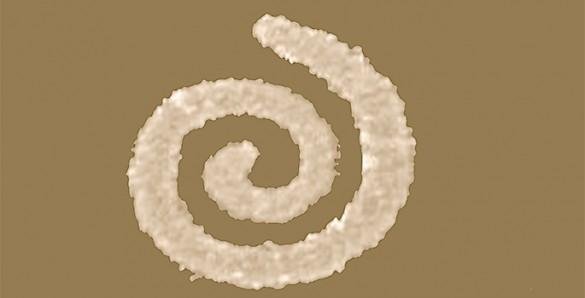NASHVILLE, June 3 (UPI) -- Spirals the size of a dime, shrunk down six million times, may be the next secure method of tracking and guarding information because they are almost impossible to counterfeit.
Researchers at Vanderbilt University created tiny, gold Archimedes spirals, shrank them down, and found they reacted uniquely to infrared and polarized light, leading to the thought of using them for security.















